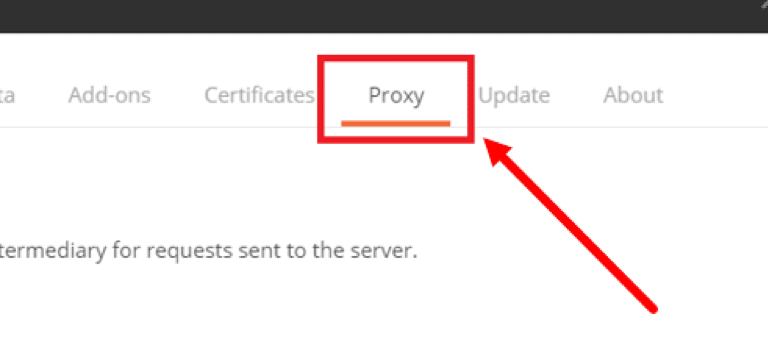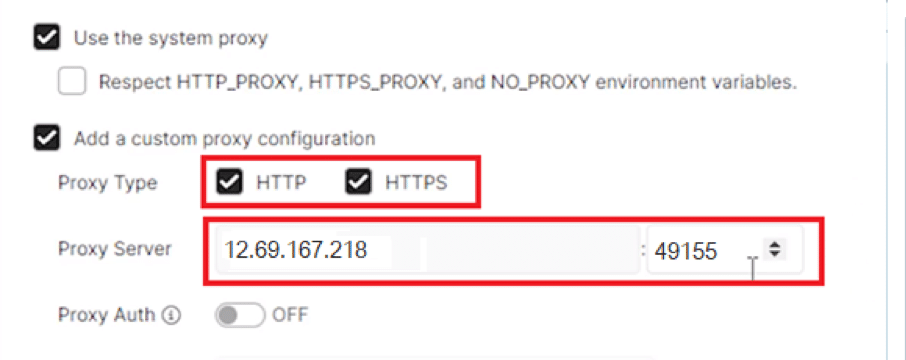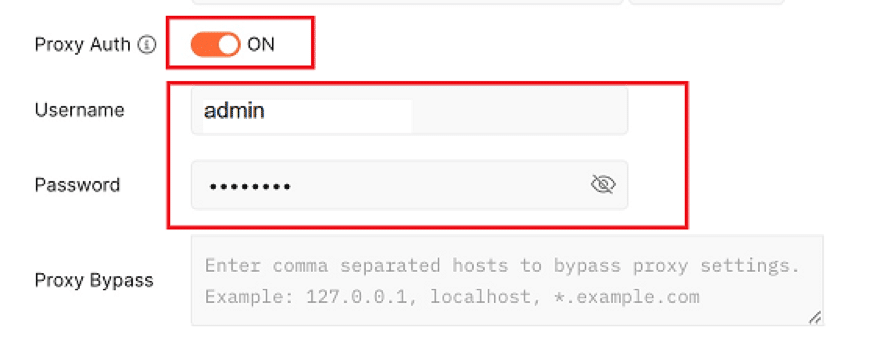There are multiple testing tools on the market, and Postman is one of them. If you’re just starting out, you probably need to learn how to set up a proxy, which is where this guide comes into play.
The internet, as we know it today, is a very complex sphere, often requiring certain tools. There were times when we didn’t need these, but everything we used back then was simpler, so they were pointless. As things became more complex, the need for specific tools increased.
Today, we live in an era where most businesses, regardless of size, rely on some kind of tool offering two advantages. The first one is speed, meaning that a piece of software can get something done faster than a human. The second is convenience, meaning you can configure a tool to do something for you, taking some of the load off your hands.
There are countless tools currently on the web, and the one we’ll be covering today is Postman. Specifically, we’ll be talking about how to configure a proxy. Like with most of these guides, let’s outline what Postman is and why someone would need it. We’ll also answer a few questions for those who don’t have a lot of experience with this tool and proxies.
What is Postman?

Postman is an API platform offering various tools that make the overall process faster and more streamlined. The platform covers tools for testing, design, management, and more. It’s a powerful one-stop-shop tool that many companies rely on when it comes to building APIs.
Considering that we’re talking about a powerful and flexible platform, you shouldn’t expect it to be free. Postman comes in several pricing packages depending on what features you need. The best part is getting a trial and testing the service before committing to a payment.
So, where do the proxies come into play? When it comes to Postman, the area where you may need proxies is during the testing phase. Yes, this tool is used for testing APIs, but you can also use it for testing websites. In some cases, you may want to sit behind a proxy. The main reason for this is security and anonymity, so let’s explain how to configure a proxy on Postman.
Configuring a Proxy on Postman

A fresh install of Postman will work with whatever proxy settings you have on your computer, which is what we’re trying to change here. Launch the app and click on the gear icon in the top right corner to open up the settings menu. From the left navigation panel, click on “Proxy”.

As you can see, the option to use system proxy is already enabled, so you’ll need to disable that and enable “Use custom proxy configuration.” Next, you’ll need to enter the proxy information, starting with the proxy type. Postman works only with HTTP and HTTPS, so check the protocol your proxy provider offers.
In the next section, enter the IP address and port, which you’ll get from your proxy provider. If you’re using a proxy with IP whitelist authentication, you’re all set, but if you need to use credentials, you’ll need to enable “proxy auth” and enter the username and password.

The last step here is optional, and it’s for bypassing. This tells Postman which hosts to bypass when using the proxies. You can enter multiple hosts and separate them by a comma.
Overall, the process is simple, and you can modify it as needed. Now, let’s try to answer some of the more commonly asked questions online regarding Postman and proxies.
What Kind of Proxies Can You Use with Postman?
Regarding the type of proxies, Postman doesn’t have any limitations or restrictions. The platform allows you to configure a proxy, meaning you can use any kind you want. Ideally, and if your budget allows, you’d want to use residential or mobile proxies because they are the least detectable ones. Datacenter IP addresses can sometimes be detected, which can be problematic if you’re using Postman on some stricter websites.
Can I Use Free Proxies with Postman?
Using the logic of the previous question means you can use free proxies with Postman. The service only utilizes them and isn’t interested in what kind of proxies you decide to use. We often advise against using free proxies, and we can say the same thing here. For the most part, free proxies aren’t the safest option, regardless of whether we’re talking about anonymity or security.
They are much easier to detect, and in terms of security, you don’t know who’s controlling the proxy server and what happens with your data. As a bonus, free proxies often perform poorly or don’t work at all. This is why we recommend going for proxies from reputable providers. If you’re on a really tight budget, you can get a few datacenter ones, as they are the most affordable option on the market.
Should I Configure a Proxy on Postman If I Already Have One on My Computer?
Postman has two options for proxies: to use the system one or to configure a custom. If you already have a proxy on your machine and want to use the same one with Postman, you don’t need to do anything; just set the tool to use the system proxy. You won’t have to set the same proxy in the program because the proxy you have on your computer is being used for everything, including this tool.
On the other hand, there may be a situation where you’ll want to use a different proxy than your system one, so you’ll customize it manually, as we showed you in this guide. The most important thing to note is that you’ll technically be using one proxy over another, meaning the performance may not be the best. If you’re fine with that, you won’t have any issues.
What Protocols Are Supported by Postman?
If you’ve been working with proxies, you know there are numerous types of protocols, depending on the type of proxy and what the provider offers. With Postman, you’re limited to HTTP and HTTPS proxies, meaning that if you have SOCKS ones, you won’t be able to use them.
Conclusion
Being able to rely on certain tools to get something done faster or more precise is something that we’ve grown accustomed to. Tools like Postman make our lives easier and help us a lot, especially when it comes to creating a more streamlined process. With Postman, part of that process is testing, something where many people like to use proxies.
The tool has a built-in proxy section, allowing you to configure any proxy and use it whenever you need to send out requests. It’s a straightforward process, and we’ve outlined it for those who need it but don’t know how to set it up.